Beyond Appearances?: Visual Practices and Ideologies in Modern India
A striking feature of modern-day society is the ubiquity of visuals and images in everyday life. According to metropolitan theorists, modernity is marked by the hegemony of vision, with everything being measured by its ability to show or be shown. But how does this linking of the visual to the modern stand up to scrutiny when placed within the contexts of the complicated picture-worlds, print-complexes and image-cultures of India? This is the principal question investigated by Beyond Appearances? The 11 essays in this book analyse the material and political impact of a wide array of artefacts, media and habits with the aim of understanding the principal contours of the visual practices and ideologies that distinguish an Indian modern. Recognising the enormous power contained within images to transform and mobilise self and community, the contributors focus on a variety of visual media including fine art and calendar art, theatre and popular cinema, photography, documentary films and propaganda videos, and maps. In the process, they also examine the inter-visual dialogue between these diverse media, exploring their underlying technologies of production and modalities of circulation and exchange. The volume is also crucially concerned with understanding the role of visuality (broadly understood as regimes of seeing and being seen) in the constitution of national, ethnic, religious and community identities in modern India. The contributors contend that visuality does not lie outside history, culture or politics, and that the visual is constitutive of both the social and the political. Overall, this volume draws attention to the fact that the visual cannot be treated as a mere supplement to knowledge derived from written texts but constitutes a distinct field of substantive and theoretical enquiry. Multi-disciplinary, comprehensive and informative, this fascinating volume will be of interest to students and scholars in the fields of visual culture, sociology, anthropology, art history, political science and media studies.
BECOME A MEMBER

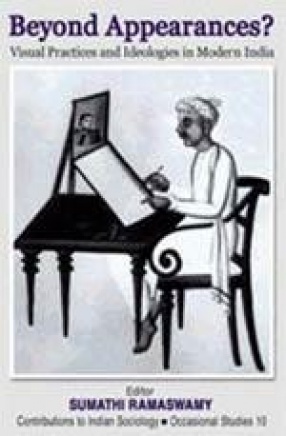
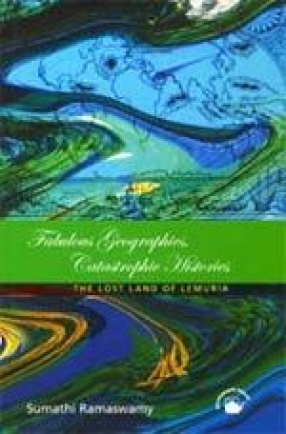
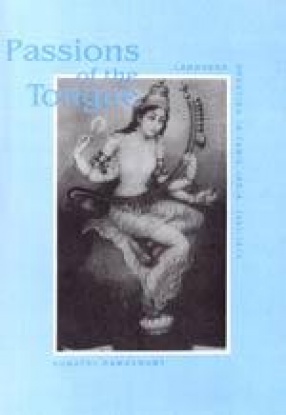
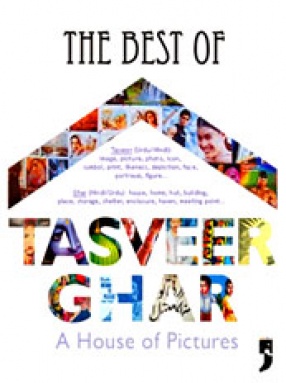
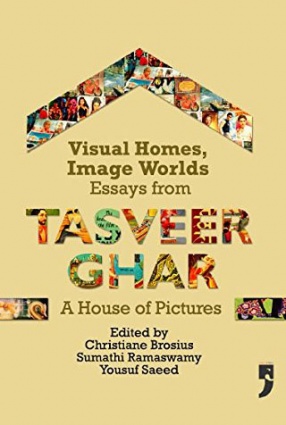
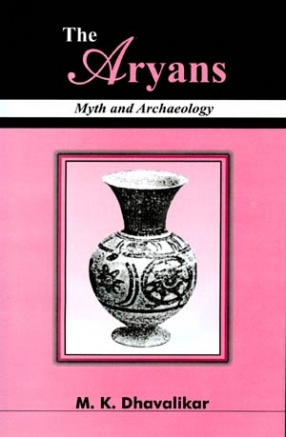


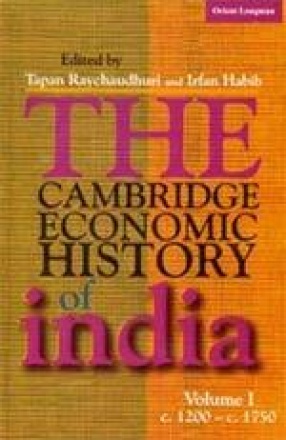

Bibliographic information